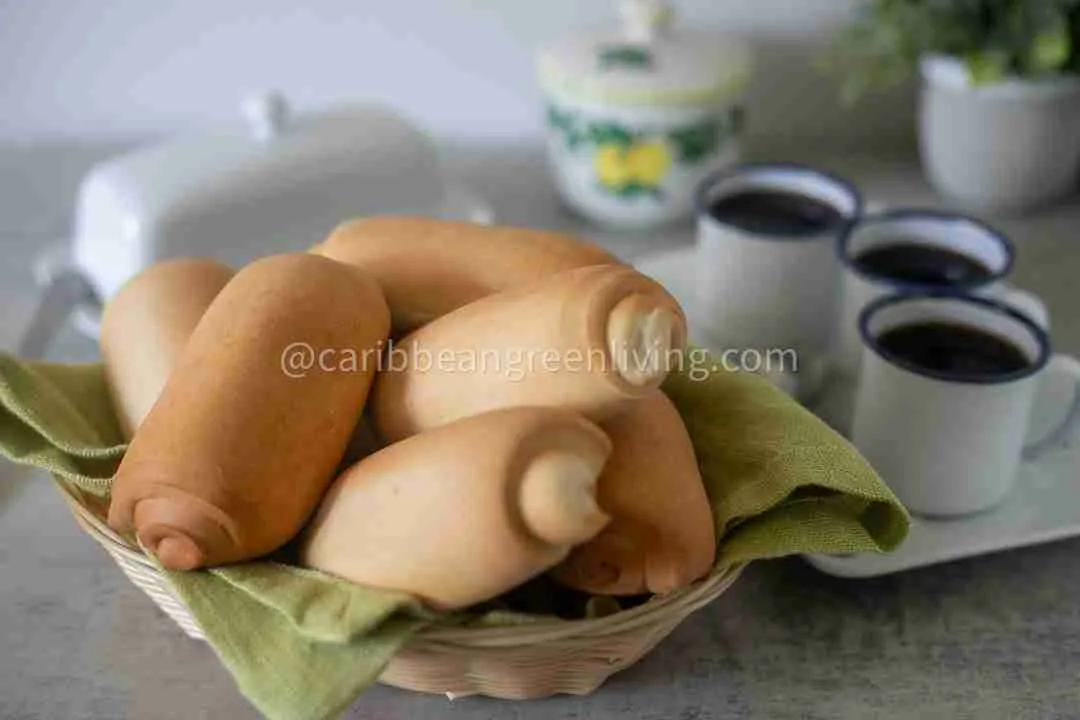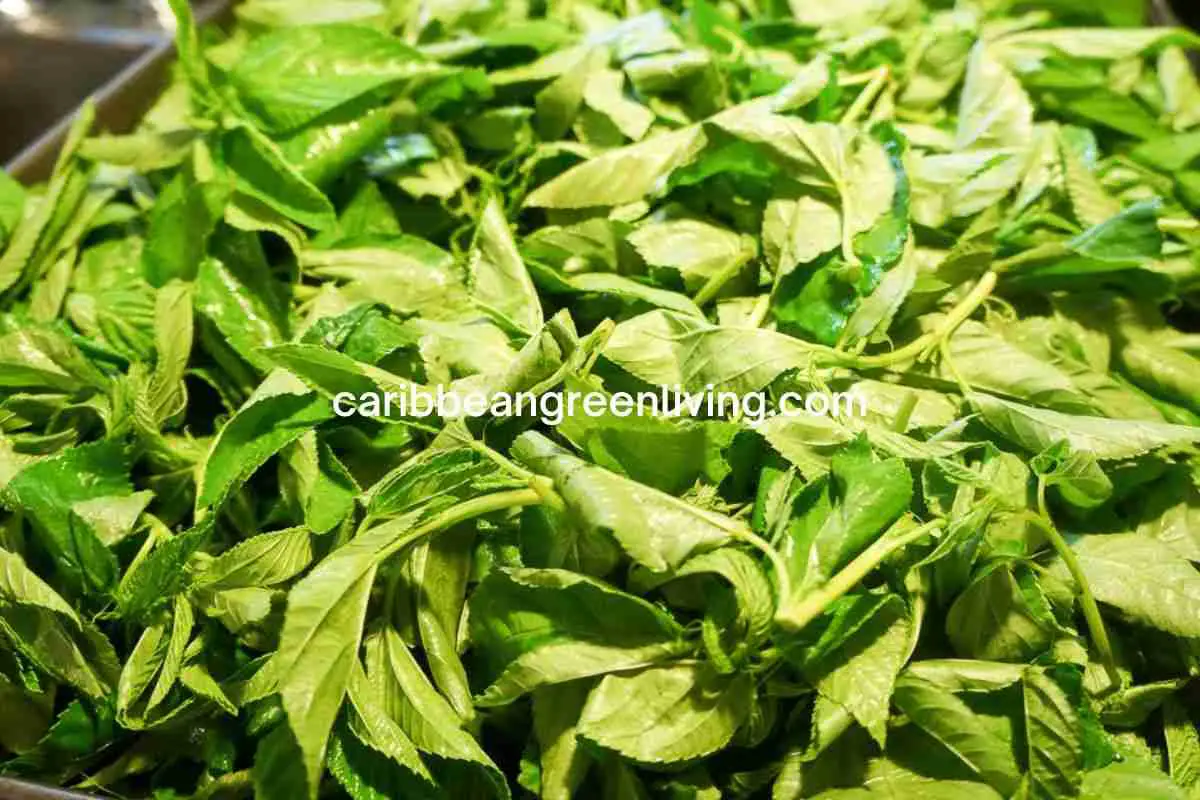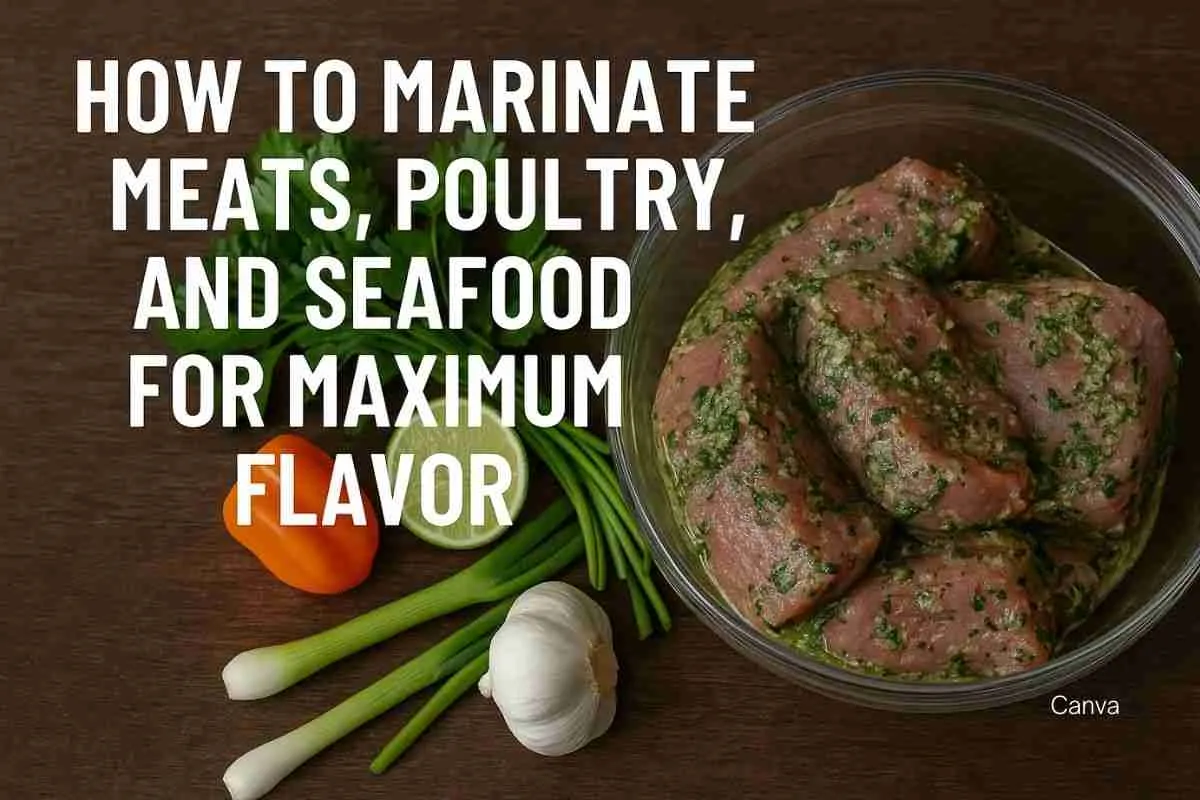7 Reasons Jute Leaves or Lalo Leaves Deserve Far More Attention
Often overlooked, jute leaves (also known as lalo, saluyot, or Jews mallow) are a nutritional powerhouse that deserves a spot in every kitchen. These versatile greens offer a unique flavor profile and a wealth of health benefits. Whether you’re a seasoned cook or just starting out, jute leaves are a must-try ingredient.
From vibrant stews to flavorful additions to your favorite dishes, jute leaves can elevate your meals while providing essential nutrients. Let’s dive into the world of this underrated superfood and discover why it’s time to embrace the goodness of jute leaves.

Sustainability of Jute Leaves
Jute leaves offer a sustainable and eco-friendly option for incorporating leafy greens into your diet. Here’s why:
Environmental Benefits
- Low Water Usage: Jute plants are relatively drought-tolerant, requiring less water compared to other crops. This makes them a suitable choice for regions with limited water resources.
- Reduced Food Waste: Jute leaves can be used in various culinary applications, minimizing food waste. Their versatility allows for creative and practical use, preventing excess produce from going to waste.
Supporting Local Farming
By sourcing jute leaves from local farms, you contribute to sustainable agriculture practices and support your local community. Local farmers often prioritize environmentally friendly methods, such as organic farming and reduced pesticide use. Choosing locally grown jute leaves helps to reduce the carbon footprint associated with long-distance transportation and supports the local economy.
By incorporating jute leaves into your diet and supporting local farmers, you can make a positive impact on the environment and contribute to a more sustainable food system.
The Power of Veggies: Why They’re Essential for Your Health
Including leafy greens like jute leaves can significantly boost the nutritional value and variety of your diet.
Vegetables are more than just colorful additions to your plate; they are nutritional powerhouses that play a crucial role in maintaining optimal health. Here’s why you should make veggies, including leafy greens like jute leaves, a cornerstone of your diet:
Nutrient-Dense Powerhouses
- Vitamins and Minerals: Vegetables, especially leafy greens like jute leaves, are packed with essential vitamins and minerals, including vitamins A, C, and K, as well as iron, potassium, and magnesium. These nutrients support various bodily functions, from immune health to bone strength.
- Fiber: Vegetables are rich in dietary fiber, which aids digestion, promotes gut health, and helps you feel full for longer.
- Antioxidants: Many vegetables, including leafy greens like jute leaves, contain antioxidants, which help protect your cells from damage caused by harmful free radicals.
Weight Management and Overall Health
- Low in Calories: Vegetables are generally low in calories, making them a great way to feel satisfied without overeating.
- Weight Loss: Incorporating plenty of vegetables, including leafy greens like jute leaves, into your diet can help you manage weight by promoting satiety and reducing calorie intake.
- Reduced Risk of Chronic Diseases: Eating a diet rich in vegetables, especially leafy greens like jute leaves, has been linked to a lower risk of chronic diseases, including heart disease, stroke, type 2 diabetes, and certain types of cancer.
Tips for Incorporating More Veggies
- Variety is Key: Aim to eat a variety of vegetables, including leafy greens like jute leaves, to get the full range of nutrients.
- Prep Ahead: Chopping, steaming, or roasting vegetables in advance makes it easier to incorporate them into meals throughout the week.
- Add Veggies to Your Favorite Dishes: Sneak vegetables, including leafy greens like jute leaves, into your favorite meals by adding them to soups, stews, sauces, and smoothies.
By making vegetables, especially leafy greens like jute leaves, a priority in your diet, you’re taking a proactive step toward improving your overall health and well-being. Sources and related content
Preparing Jute Leaves for Cooking
Jute leaves can be found fresh, dried, or frozen. Here’s a quick guide to prepping them for your culinary adventures:
- Frozen Jute Leaves: These are ready-to-use and typically don’t require additional washing. Choose a reputable brand to ensure quality.
- Dried Jute Leaves: Before cooking, rinse the dried leaves to remove any debris. A quick wash is sufficient.
- Fresh Jute Leaves: Rinse thoroughly under cold water to remove dirt and impurities. If you’re not cooking immediately, store them in the refrigerator or freezer. Adding a splash of vinegar to the rinse water can help preserve freshness.
Remember, fresh jute leaves are delicate and can wilt easily. Handle them with care to maintain their quality.






Discovering the Culinary Versatility of Jute Leaves
Jute leaves add a unique flavor and texture to a variety of dishes. One of my favorite ways to enjoy them is in hearty stews with beef or seafood. You can find numerous African and Asian recipes online to inspire your culinary journey.

When exploring new recipes, be sure to check the ingredient list and availability at your local supermarkets. To get started, why not try my simple and delicious Lalo with Beef and Blue Crab recipe? It’s a fantastic way to experience the versatility of jute leaves.
Selecting Fresh Jute Leaves
When purchasing fresh jute leaves, look for vibrant green leaves with a firm texture. Avoid those that appear wilted or discolored.
If you have the opportunity to visit a farm, ask the farmer for advice on selecting the best leaves. They may recommend harvesting leaves from the top of the stems to allow the plants to continue producing throughout the growing season.


Storing Jute Leaves for Optimal Freshness
Jute leaves can be stored similarly to other leafy greens like spinach or kale.
- Dried Jute Leaves: Keep dried leaves in a cool, dry place.
- Frozen Jute Leaves: Follow the storage instructions on the packaging.
- Fresh Jute Leaves:
- Rinse thoroughly under cold water.
- Pat dry with a clean towel.
- Place in a freezer-safe zip-top bag.
- Store in the refrigerator for future use.
Avoid storing fresh jute leaves wrapped in a damp towel, as this can lead to spoilage. Remember, jute leaves are delicate and require proper storage to maintain their quality.

Dried Jute Leaves: A Versatile Ingredient
Dried jute leaves, is also known as lalo, saluyot, or Jews mallow, offer a unique flavor profile and a wealth of nutritional benefits. While fresh jute leaves are commonly used in Southeast Asian cuisine, dried jute leaves are equally versatile and can be incorporated into various dishes.
Nutritional Value
Dried jute leaves are packed with essential vitamins and minerals, including:
- Vitamin A: Supports vision, immune function, and cell growth.
- Vitamin C: Boosts immunity, aids iron absorption, and promotes collagen production.
- Calcium: Essential for strong bones and teeth.
- Iron: Supports oxygen transport in the blood.
- Fiber: Promotes digestive health and regulates bowel movements.
Culinary Uses
Dried jute leaves can be used in a variety of dishes, including:
- Stews and soups: Add a depth of flavor and a hearty texture to your stews and soups.
- Curries: Pair dried jute leaves with aromatic spices and coconut milk for a flavorful curry.
- Stir-fries: Incorporate dried jute leaves into your favorite stir-fry recipes for a nutritious and satisfying meal.
- Tea: Brew dried jute leaves into a flavorful and healthy tea.
How to Prepare
Before using dried jute leaves, rinse them thoroughly to remove any debris. You can then rehydrate them by soaking them in warm water for a few minutes. Once rehydrated, the leaves can be added to your desired dish.
Storage
Store dried jute leaves in a cool, dry place in an airtight container. They have a long shelf life when stored properly.
By incorporating dried jute leaves into your diet, you can enjoy the benefits of this nutritious and versatile ingredient.
Understanding the Texture of Jute Leaves
The texture of jute leaves can vary depending on cooking methods. While some may find it slightly slimy when cooked, it’s different from the sliminess of okra. Overcooked jute leaves can develop a pesto-like consistency.
A helpful tip is to use a wooden spoon when cooking jute leaves. This can help prevent the leaves from becoming overly mushy and maintain their desired texture.
Since jute leaves can be expensive, it’s important to handle them with care and cook them properly to maximize their flavor and texture.

Additional Tips for Cooking Jute Leaves
- Cooking Time: For optimal texture and flavor, cook jute leaves for a few minutes until they just wilt.
- Combining Greens: Enhance your stew by adding other leafy greens like spinach or kale for a more vibrant flavor and nutritional boost.
- Flavorful Seasonings: Use a variety of herbs and spices to elevate your stew. Experiment with options like turmeric, cumin, ginger, or chili powder to create unique flavor profiles.
By following these tips, you can transform jute leaves into a delicious and nutritious addition to your meals.
Sources
- https://www.healthline.com/nutrition/jute-leaves
- https://www.usfoods.com/great-food/food-trends/jute-straight.html
Originally published on August 22, 2018. Revised and updated.







I learned something new today
Hello Cassandra! We’re glad you did! We love sharing knowledge. Thanks for visiting us and come back again soon.